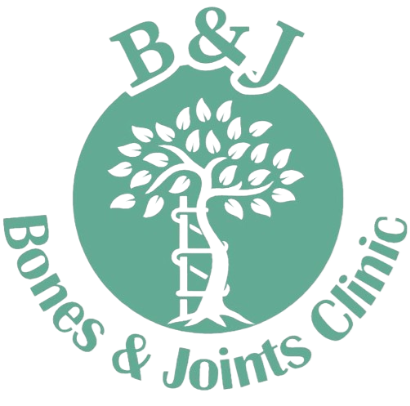Deformity Correction
Deformity correction refers to a set of surgical procedures aimed at rectifying abnormal shapes or alignments in bones, joints, or soft tissues. These deformities can arise due to congenital conditions, injuries, infections, tumors, or degenerative diseases. The goal of these corrective procedures is to restore normal anatomy, enhance functionality, alleviate pain, and improve the overall quality of life.
Common Types of Deformities Addressed:
-
Limb Length Discrepancy: One leg or arm is longer than the other, leading to gait abnormalities or functional issues.
-
Scoliosis: A lateral curvature of the spine, often developing during growth spurts in adolescence.
-
Kyphosis: An exaggerated forward curvature of the upper spine, commonly known as a "hunchback."
-
Bowlegs (Genu Varum): The knees remain wide apart when a person stands with their feet and ankles together.
-
Knock-Knees (Genu Valgum): The knees touch, but the ankles remain apart when standing.
Common Techniques and Procedures:
-
Osteotomy: Surgical cutting and realignment of bones to correct deformities.
-
External Fixation: Using external frames connected to the bone through pins and wires, allowing gradual adjustment and realignment.
-
Spinal Fusion: Joining vertebrae together to rectify spinal deformities.
-
Tendon Releases or Transfers: Procedures to correct deformities originating from imbalances in muscle or tendon tensions.
-
Growth Modulation: For growing children, techniques that harness the growth plates to correct deformities.
Benefits:
-
Improved Mobility: Proper alignment can enhance movement and overall functionality.
-
Pain Reduction: Correcting deformities can alleviate associated discomfort and pain.
-
Enhanced Aesthetics: Many undergo these procedures for cosmetic benefits, improving their confidence and self-esteem.
-
Reduced Complications: Early correction can prevent complications arising from abnormal wear and tear or pressures on organs and tissues.
Considerations:
-
Rehabilitation: Post-procedure, physical therapy might be essential for restoring strength and function.
-
Surgical Risks: As with all surgeries, there's potential for complications like infection, nerve damage, blood clots, and anesthesia-related issues.
-
Recurrence: Especially in growing children, there's a possibility that some deformities might reappear or not be fully corrected.
Deciding on deformity correction requires a comprehensive understanding of the benefits and potential risks. It's crucial to consult with orthopedic specialists who can provide detailed insights tailored to individual cases.


